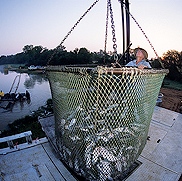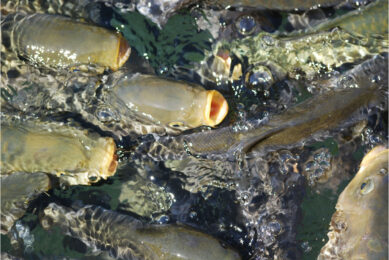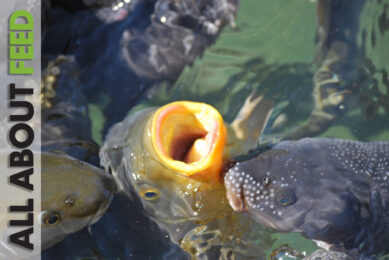Genetic findings boost catfish potential

Traditionally, the catfish is looked upon as a bottom-dweller. However, the farm-raised catfish is the most important fish in U.S. aquaculture, and Agricultural Research Service (ARS) scientists are working to improve its potential.
By unlocking the secrets of the catfish genome—its total genetic
information—researchers at the ARS Catfish Genetics Research Unit (CGRU) in Stoneville, Miss., are looking for the best way to
select catfish broodstock with superior genetic qualities. In Mississippi alone,
catfish production is worth about $245 million annually, so there is keen
interest in improving the industry’s efficiency.
DNA
fingerprinting
Researchers identified tens of thousands of active catfish
genes and nearly 10,000 variable DNA sequences called “microsatellites.”
Now they’re searching for favourable, natural variations within genes that
control important traits such as lean growth, carcass yield and improved
survival in commercial ponds. Finding the first catfish microsatellite sequences
allowed Waldbieser to develop a DNA fingerprinting system. That was a crucial
first step toward identifying distinct genetic populations, because all channel
catfish look very much alike.
Prior to this discovery, researchers could
only know that certain broodfish were in a pond, but they couldn’t tell which
fish were parents of the spawn they collected. The DNA technology enabled the
researchers to identify same-year spawns that were related to the same
father.
External link:
ARS











